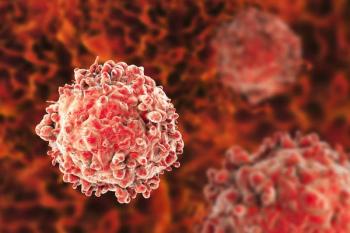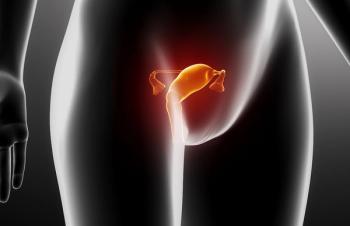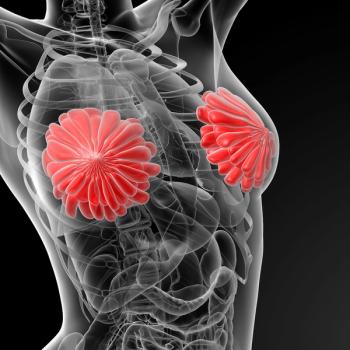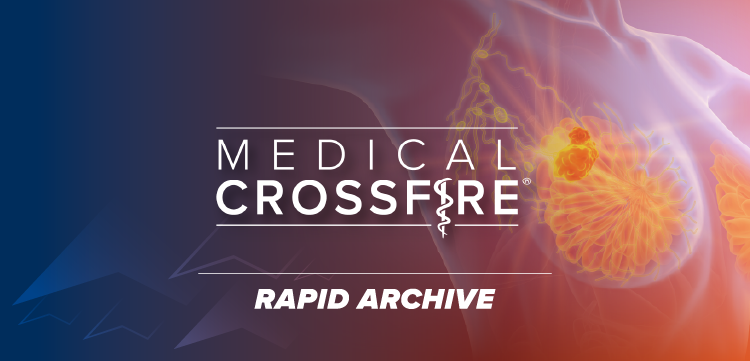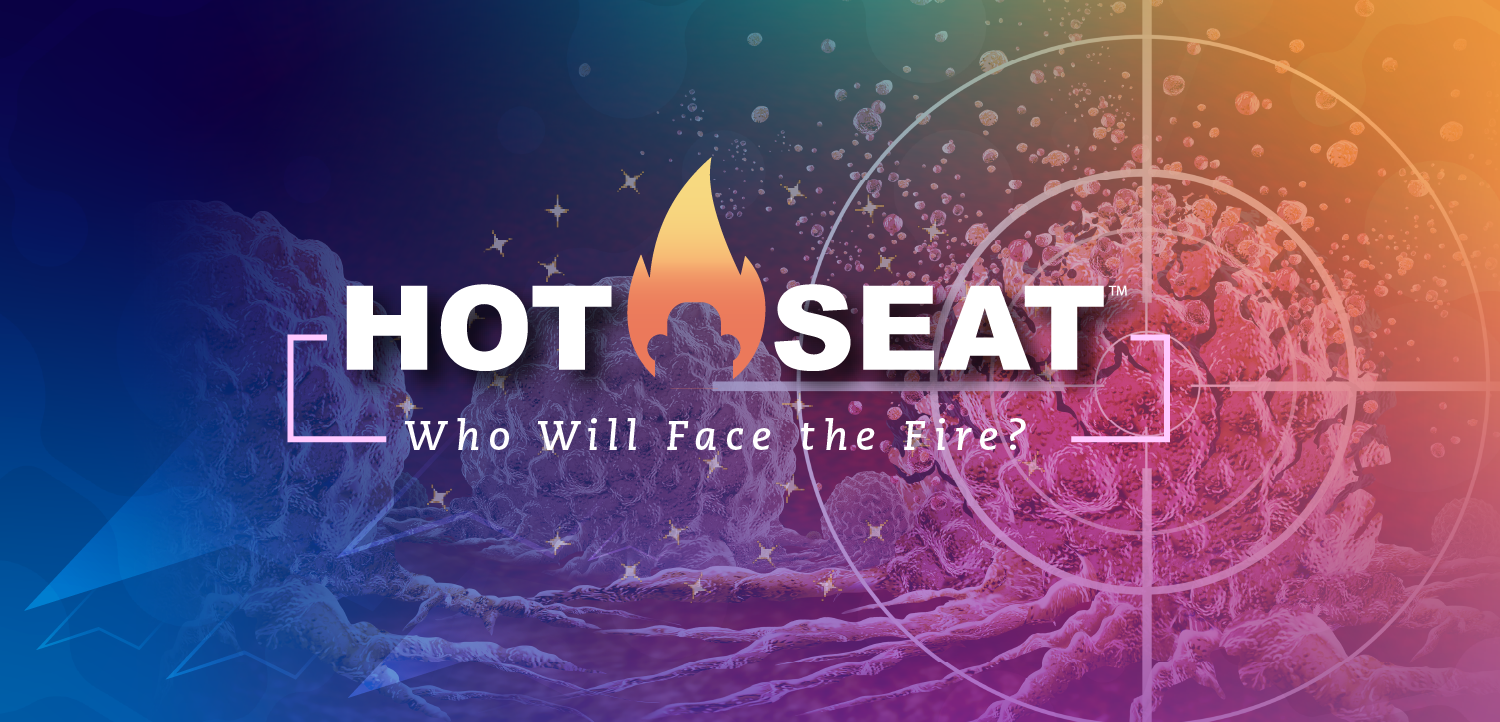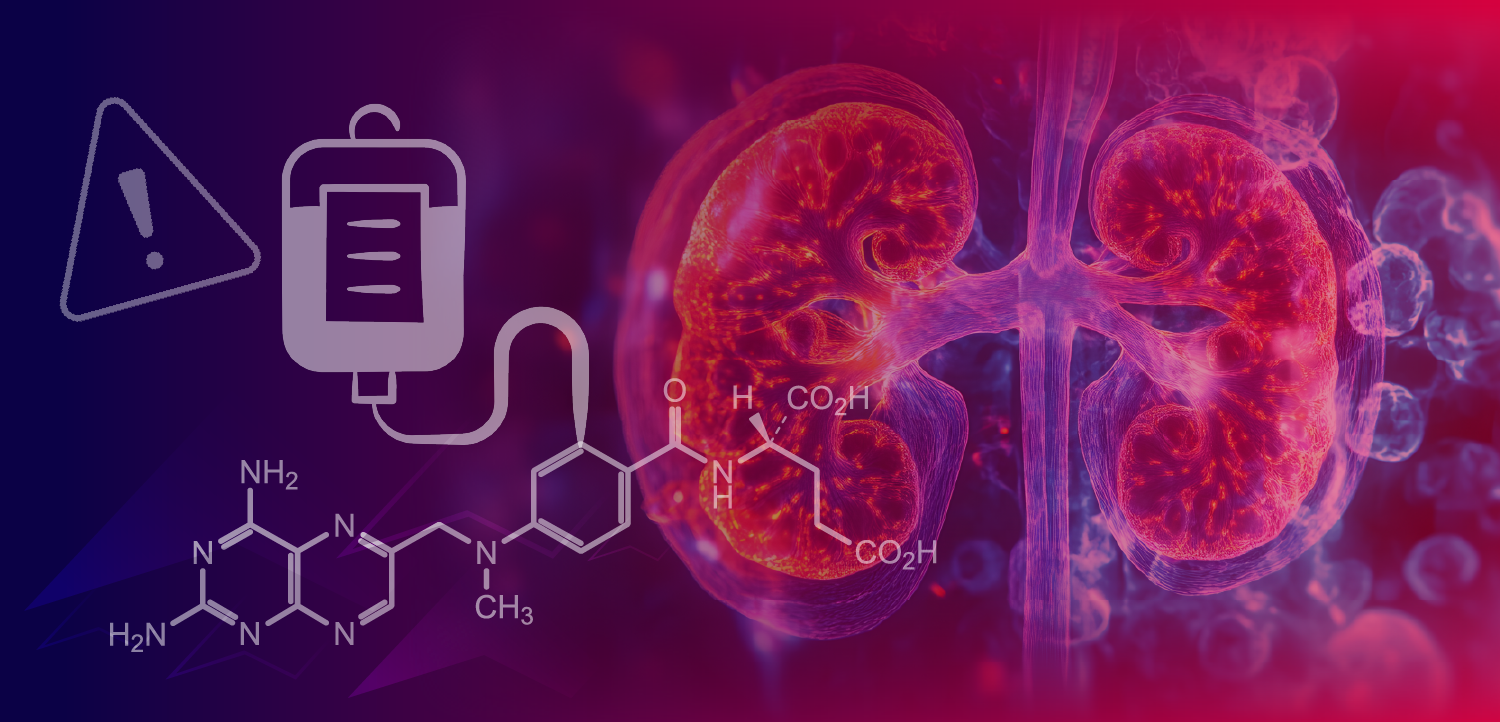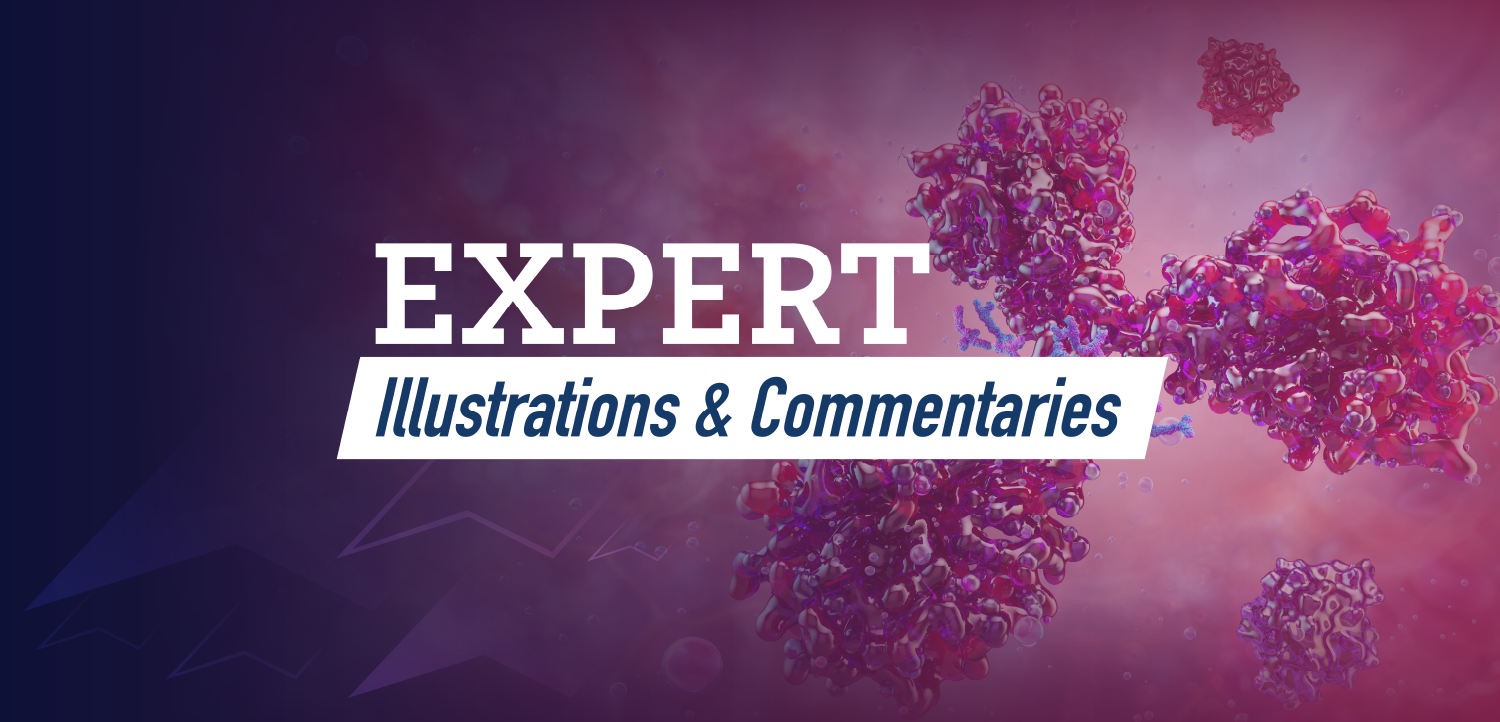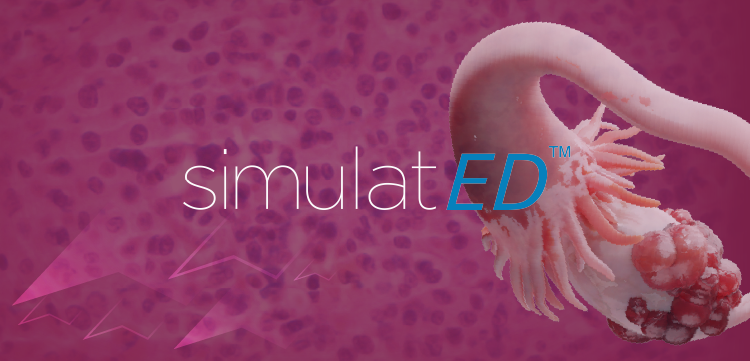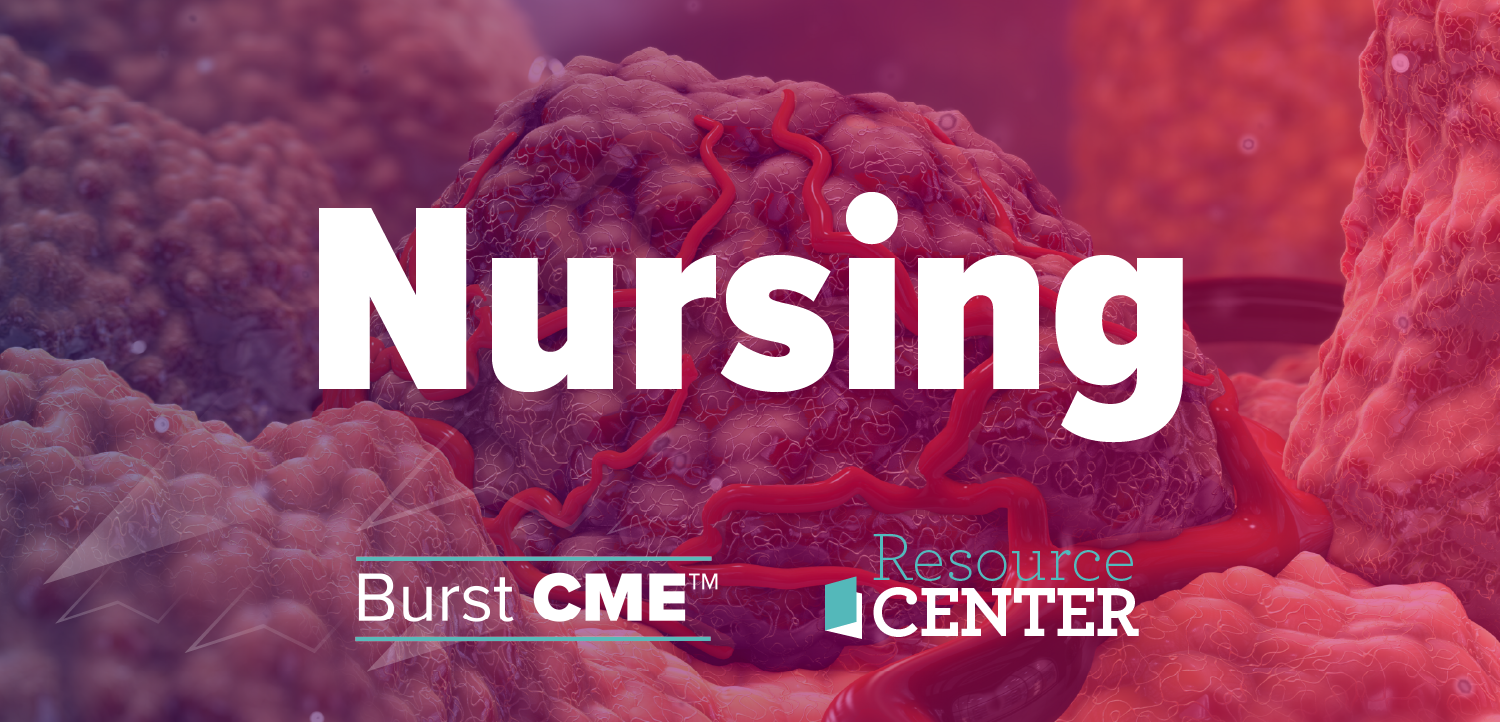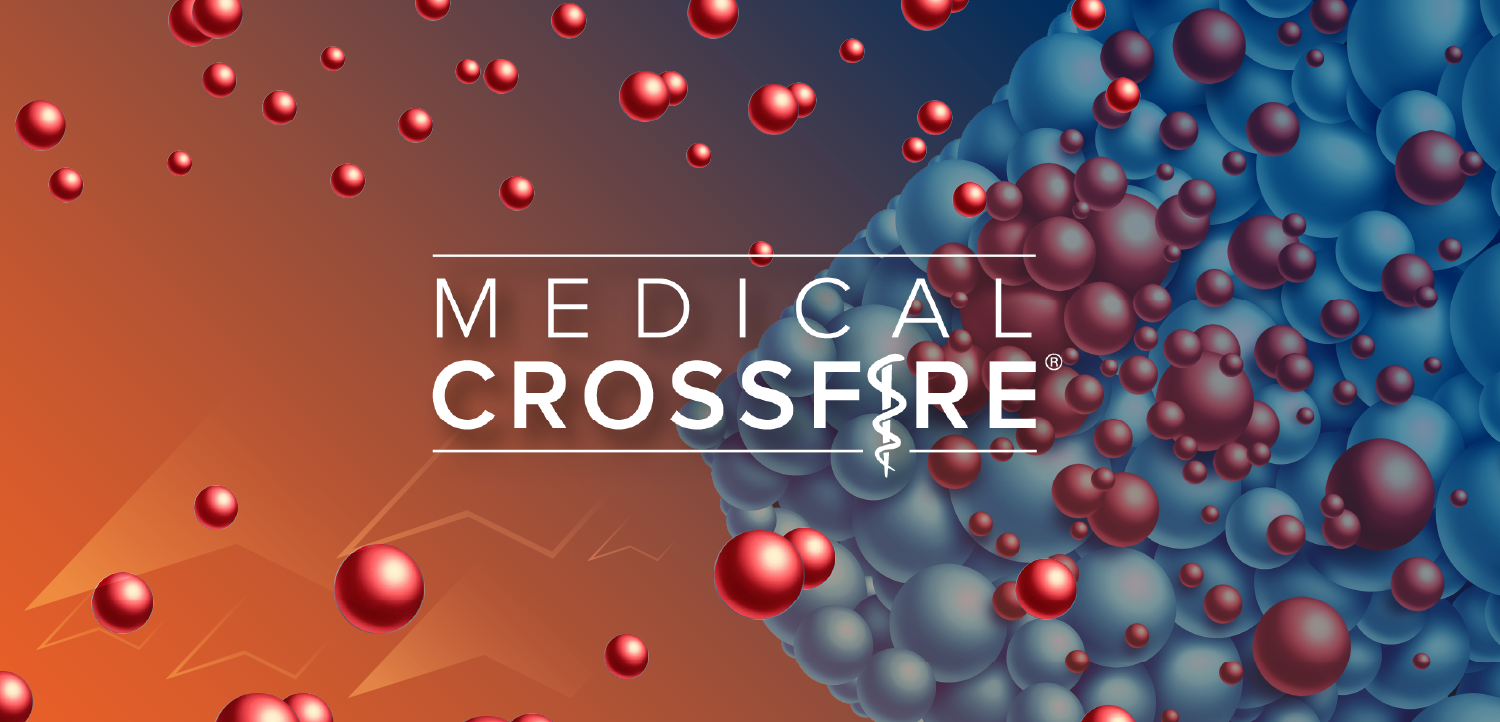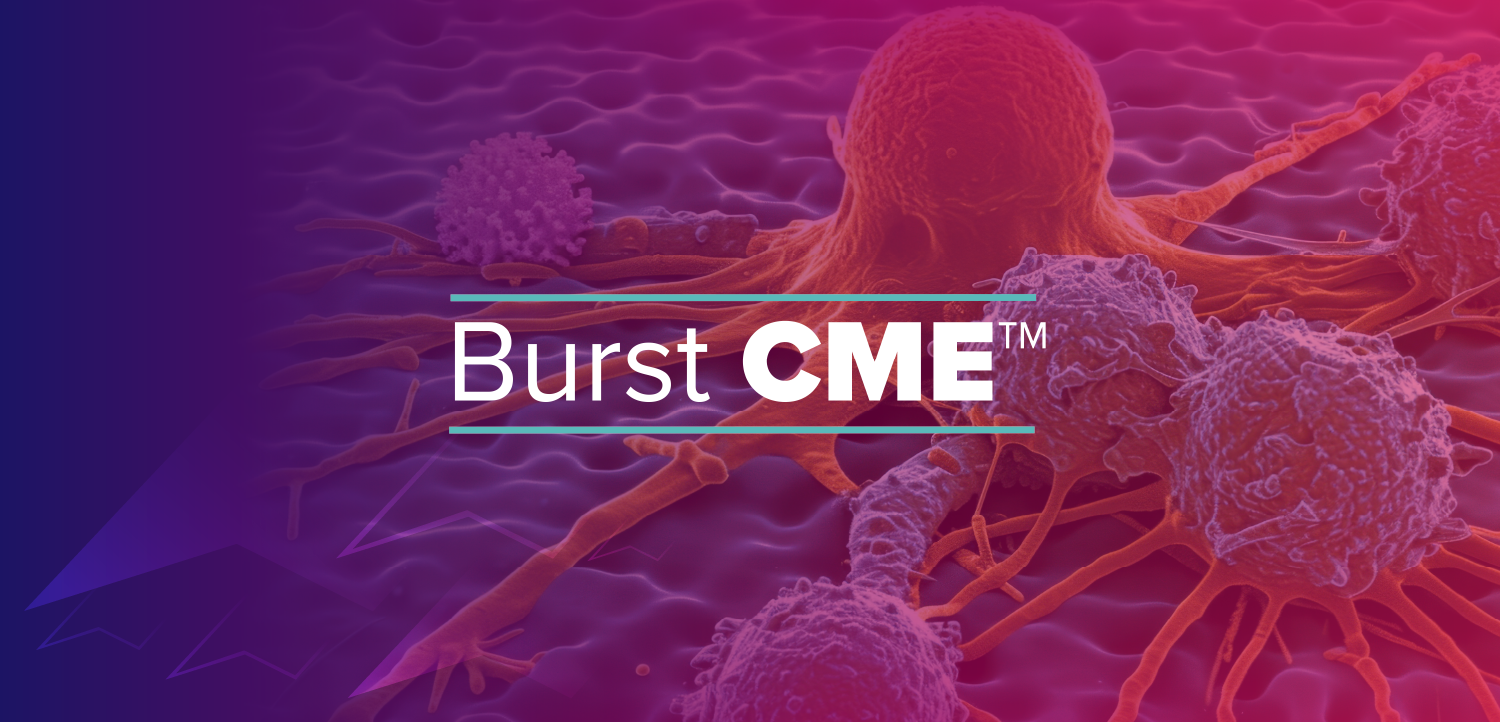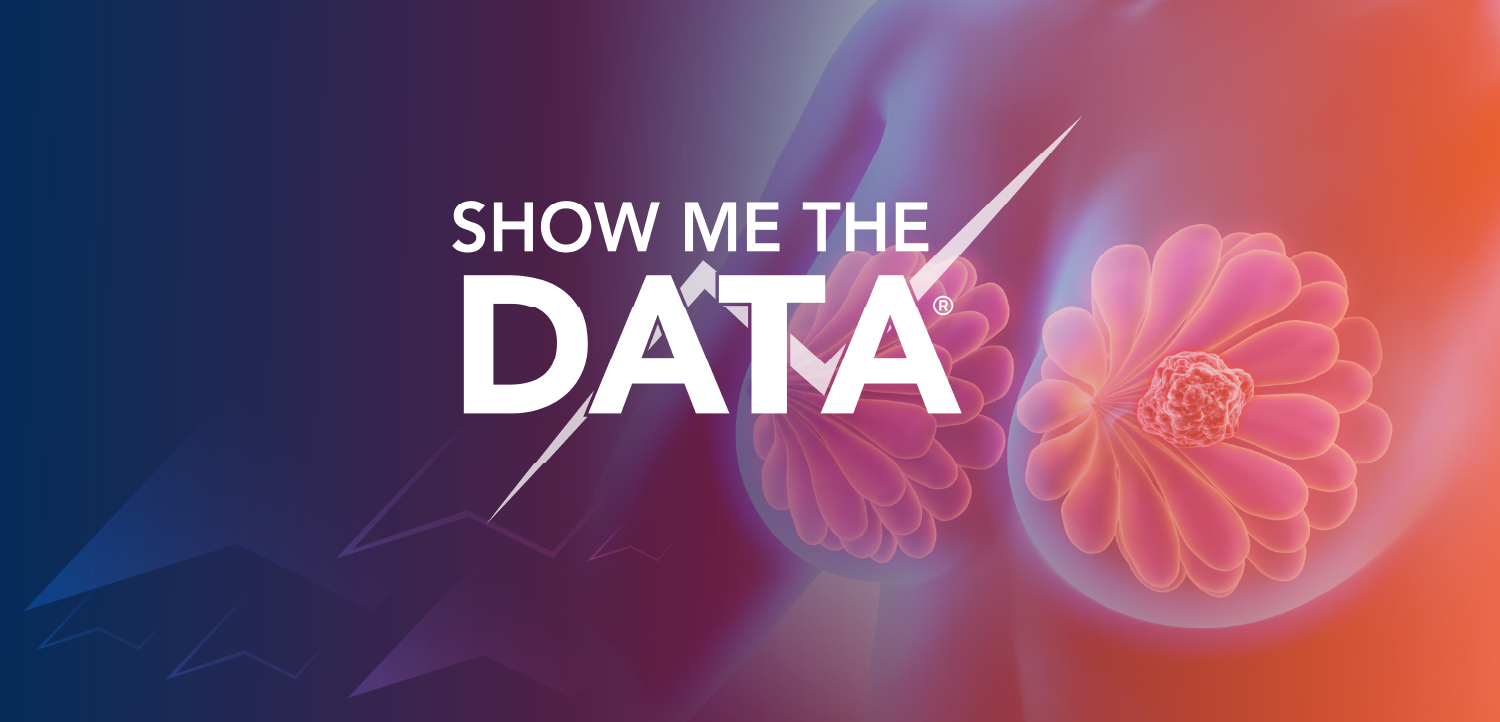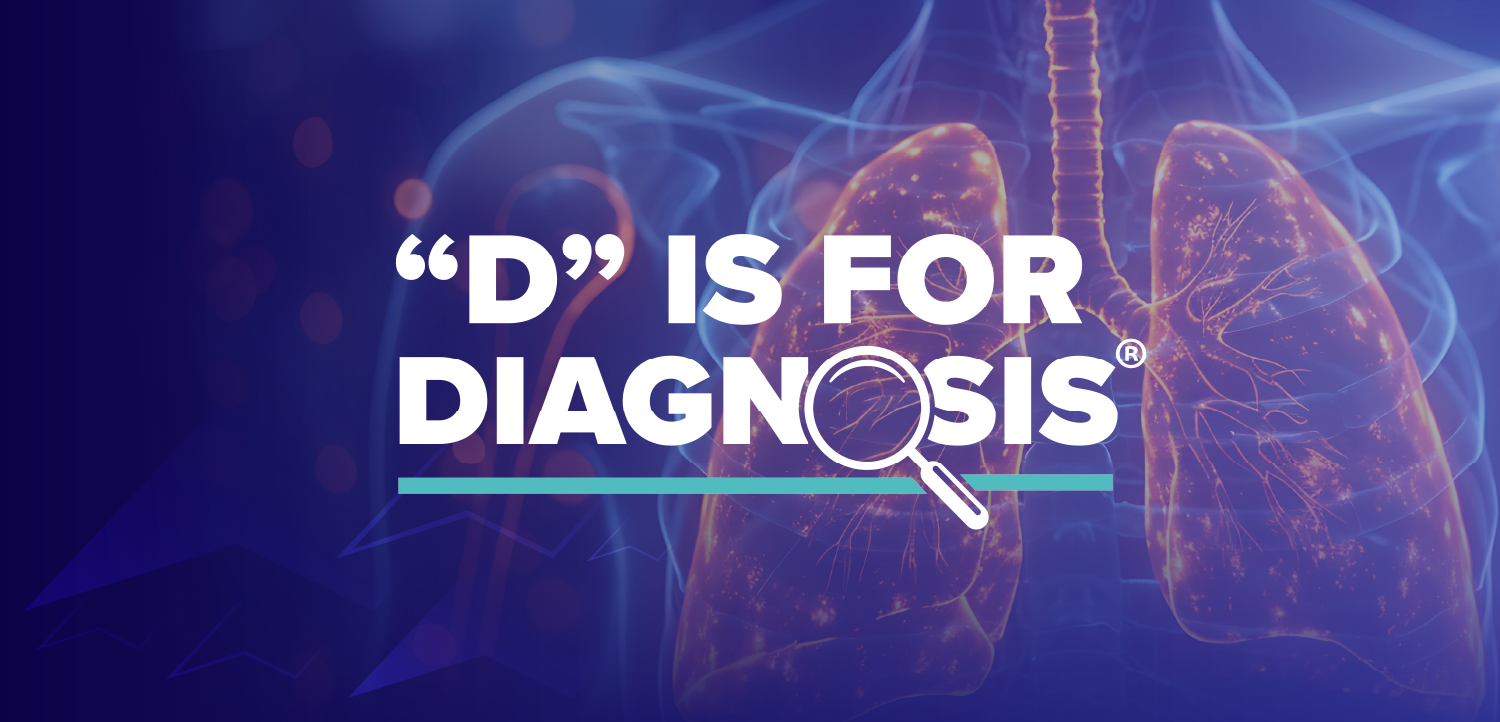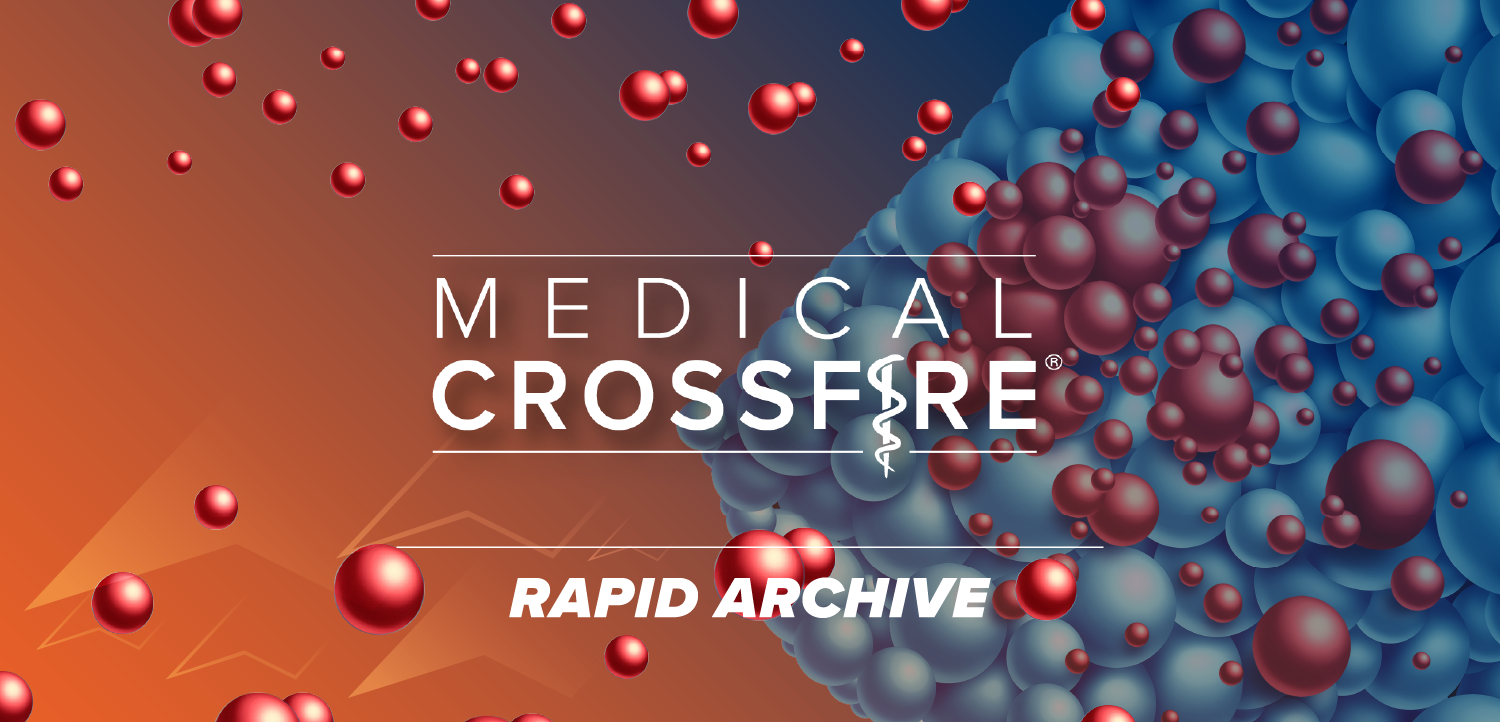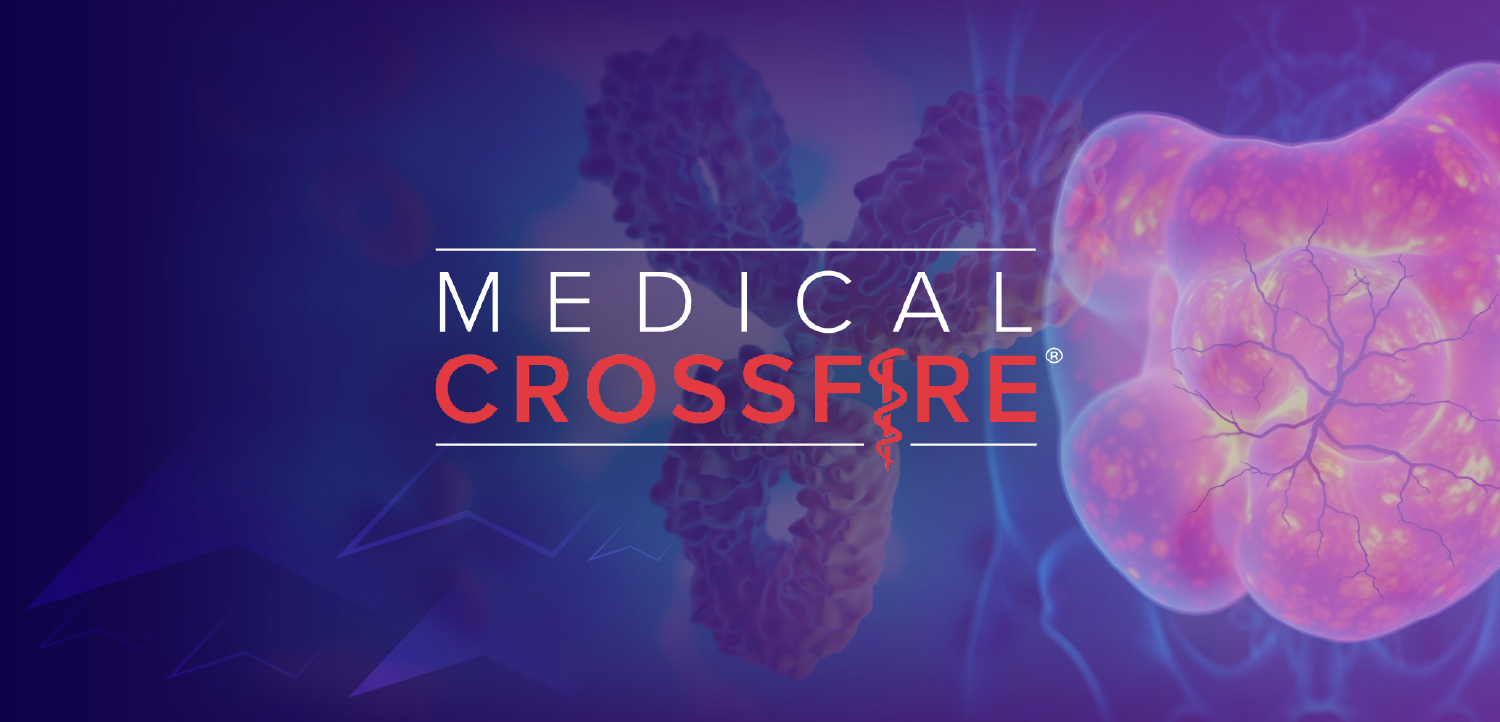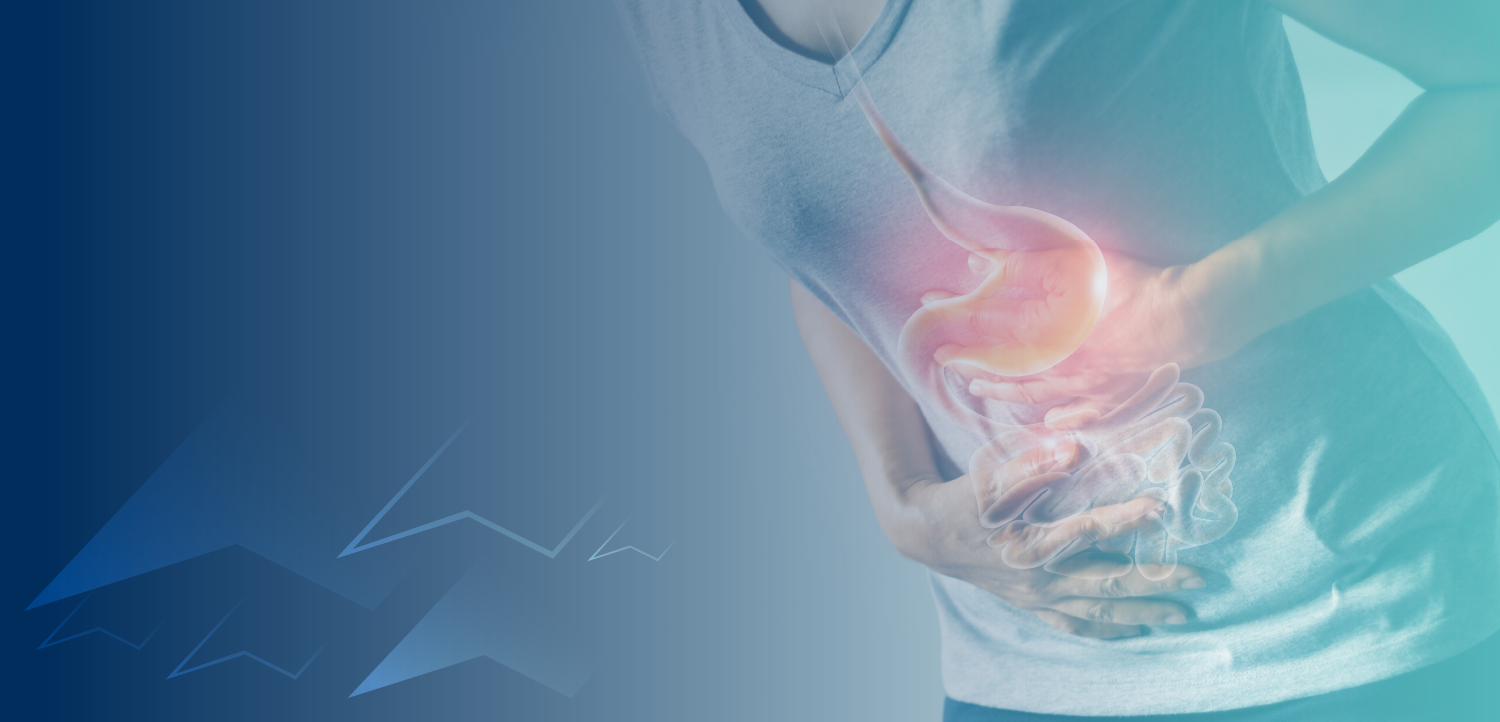
Oncology NEWS International
- Oncology NEWS International Vol 4 No 7
- Volume 4
- Issue 7
Technetium MIBI May Help Clarify Some Inconclusive Mammogram
BALTIMORE, Md--Both thallium-201 and technetium-99m are under study as agents for use in examining breast lesions for malignancy, Alan Waxman, MD, of Cedars-Sinai Medical Center, Los Angeles, said at a meeting on nuclear medicine sponsored by Johns Hopkins University.
BALTIMORE, Md--Both thallium-201 and technetium-99m are understudy as agents for use in examining breast lesions for malignancy,Alan Waxman, MD, of Cedars-Sinai Medical Center, Los Angeles,said at a meeting on nuclear medicine sponsored by Johns HopkinsUniversity.
Thallium-201 has shown good specificity and sensitivity in detectingpalpable breast lesions down to about 10 mm in size, the usuallimit for palpability. However, Dr. Waxman said, "while thalliumis useful in this range, it is just not good enough."
Dr. Waxman's study of technetium-99m methyoxyisobutyl isonitrile(MIBI) has shown some improvement in detecting abnormalities notvisible on thallium scans. Improved target-to-background ratio,he said, gives a slightly better sensitivity but also a slightlylower specificity. Nonetheless, lesions as small as 7 mm may bedetected with MIBI.
Magnetic resonance (MR) imaging can locate tumors down to 4 to5 mm in size, he said, but with less specificity (36% for MR imagingversus 81% for MIBI) due to a higher number of false positives.
Not a Screening Test
When using MIBI, Dr. Waxman employs a triple-headed camera toshorten imaging time to about 10 minutes. He suggests beginningimaging 5 minutes following MIBI injection. Tests on more than40 patients have shown little difference between a prone or supineposition of the patient, he said.
MIBI's sensitivity for nonpalpable lesions is dependent on size,and its specificity is fair to good for these lesions. For palpablelesions, MIBI has a negative predictive value of 98%, but, Dr.Waxman said, "I would still want to biopsy a woman with apalpable mass who was MIBI negative. It's a political and moralissue: You have to act on what is right in the medical world you'reliving in."
Dr. Waxman stressed that neither thallium nor MIBI breast imagingis a screening test. A mammogram and MIBI may disagree, and resolvingsuch discrepancies will not cut the number of biopsies and mayeven increase them.
Clinically, he said, the prime value of MIBI testing may lie inevaluating high-risk patients with inconclusive mammograms. Othergood candidates for MIBI are patients who have difficult-to-readmammograms due to prior radiation treatment and women who exhibitchanges in fibrocystic breasts.
Finally, he said, MIBI shows some potential use in planning thesurgical approach prior to lumpectomy.
Articles in this issue
over 30 years ago
House Panel Holds Hearing on Self-Referralover 30 years ago
Health-Related Legislationover 30 years ago
Mitoguazone Appears Promising in HIV-Associated Refractory NHLover 30 years ago
Responses to Anti-HER2 MoAb Seenover 30 years ago
MoAb May Improve Detection of Colon And Rectal Cancerover 30 years ago
Zeneca Files NDA for ArimidexNewsletter
Stay up to date on recent advances in the multidisciplinary approach to cancer.


